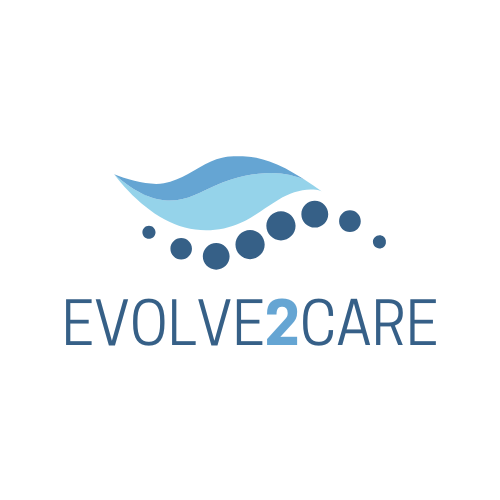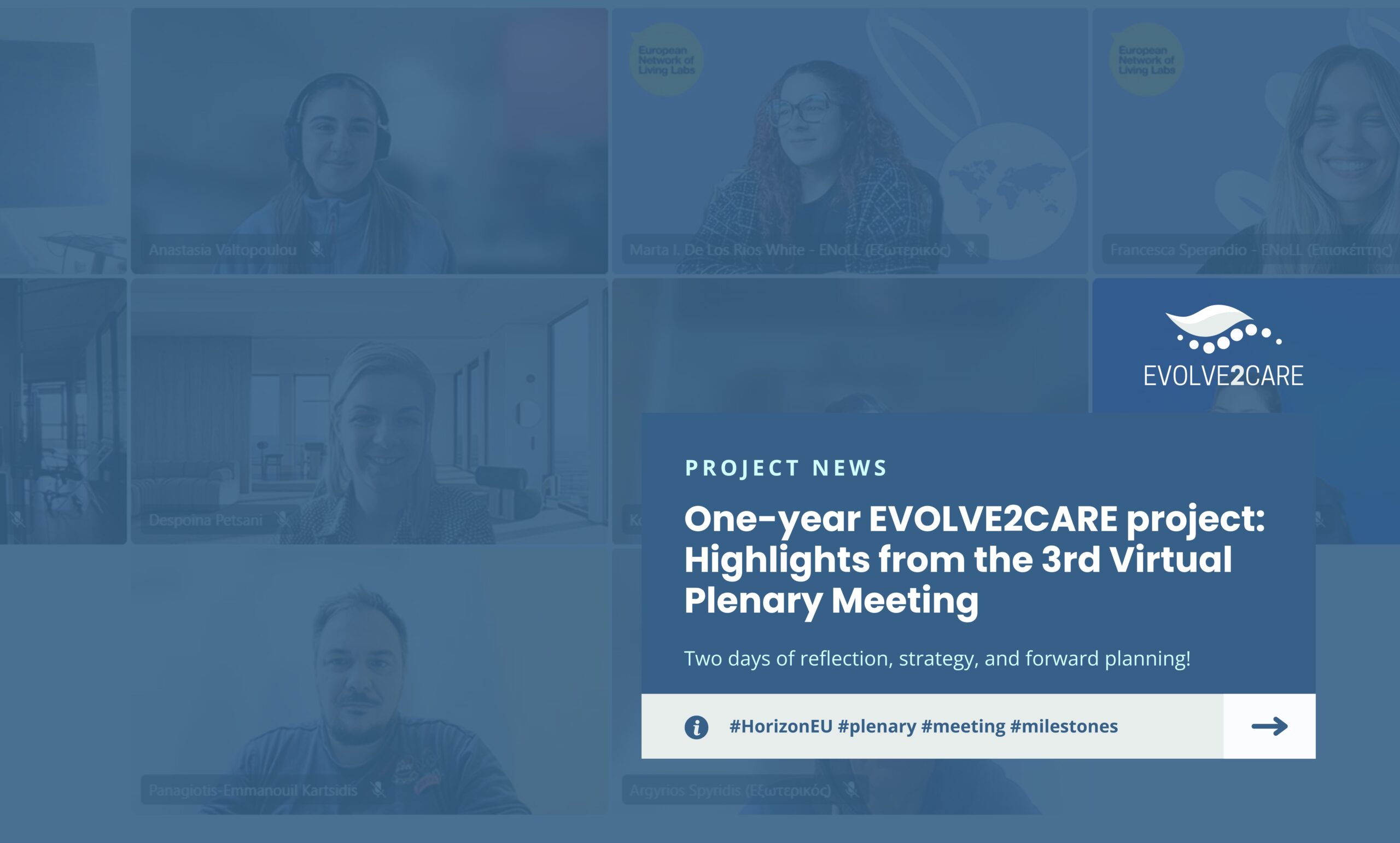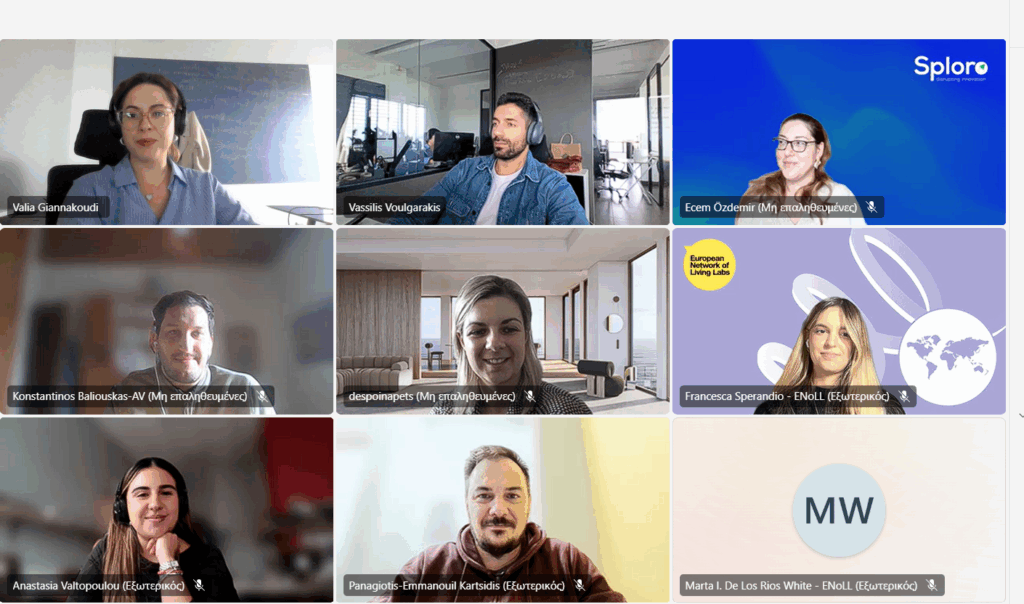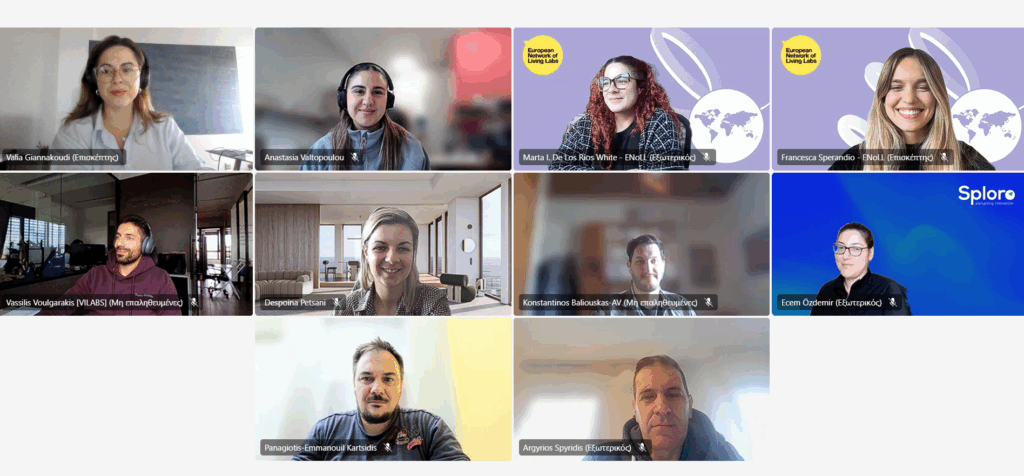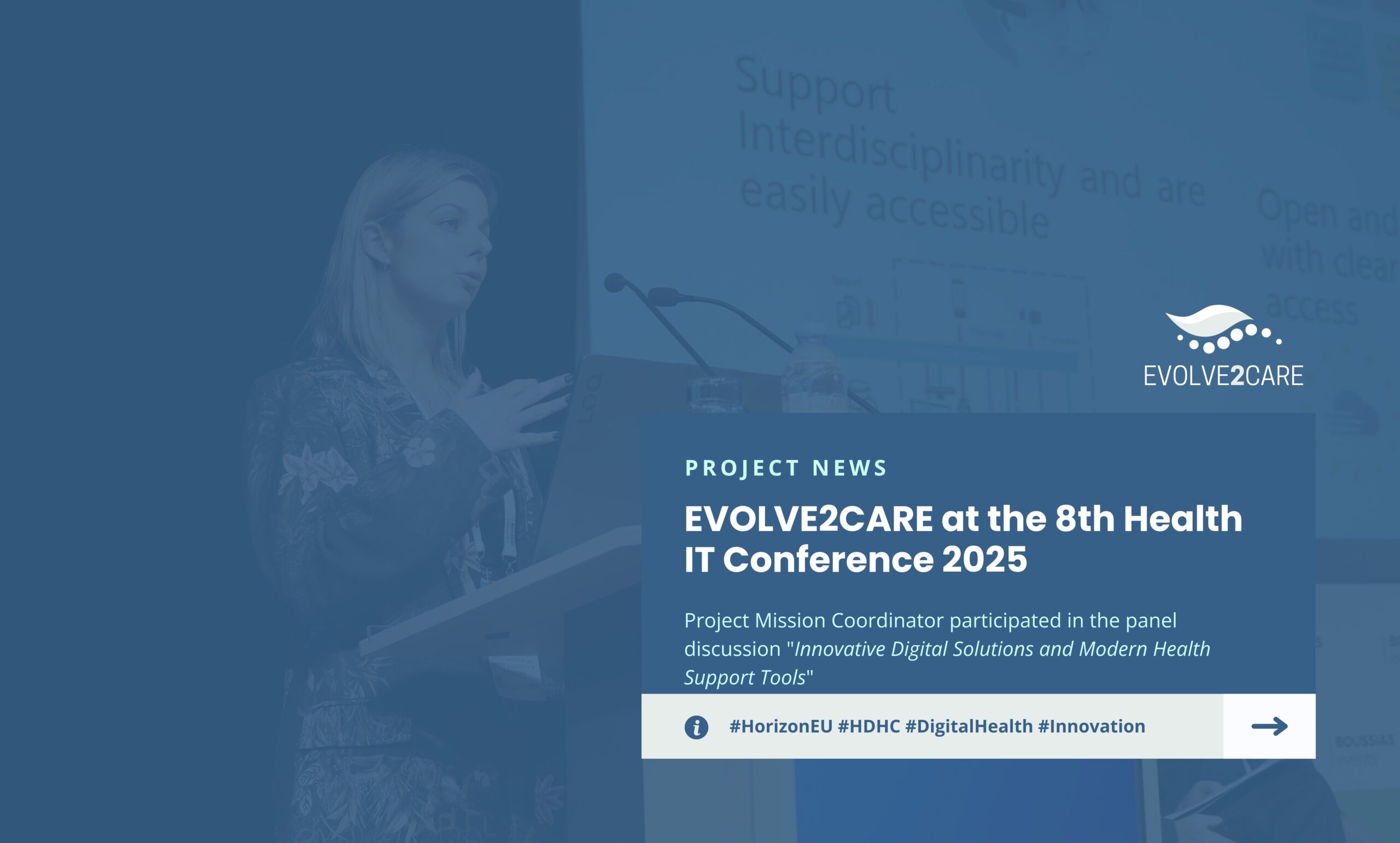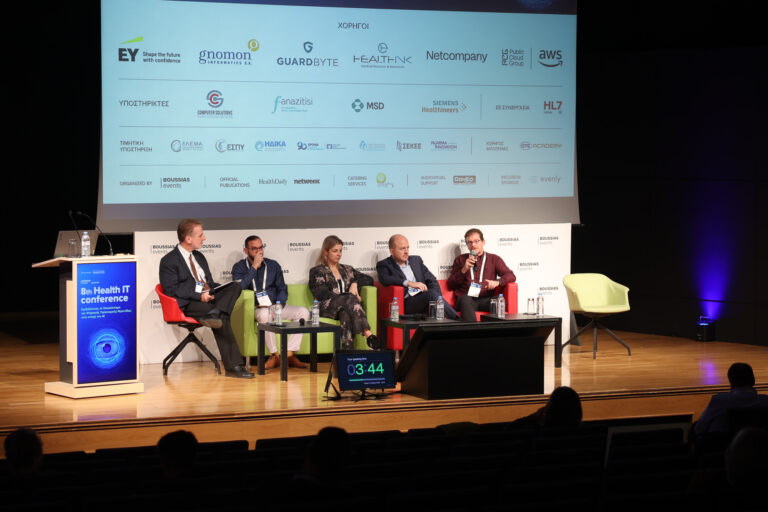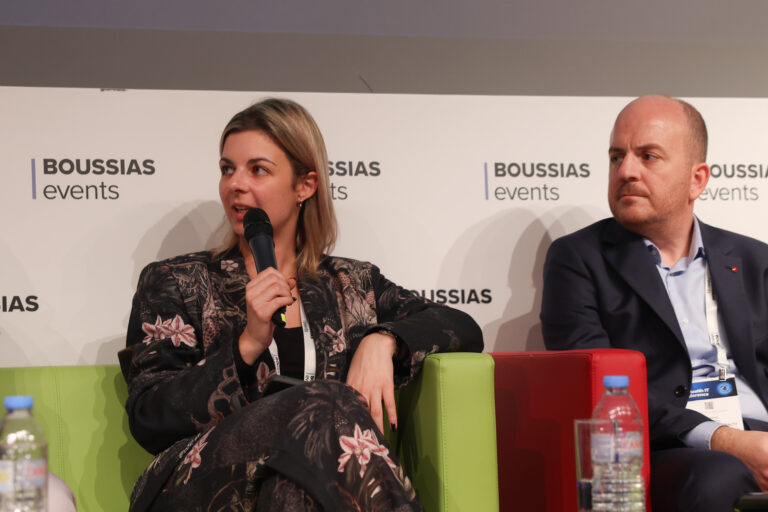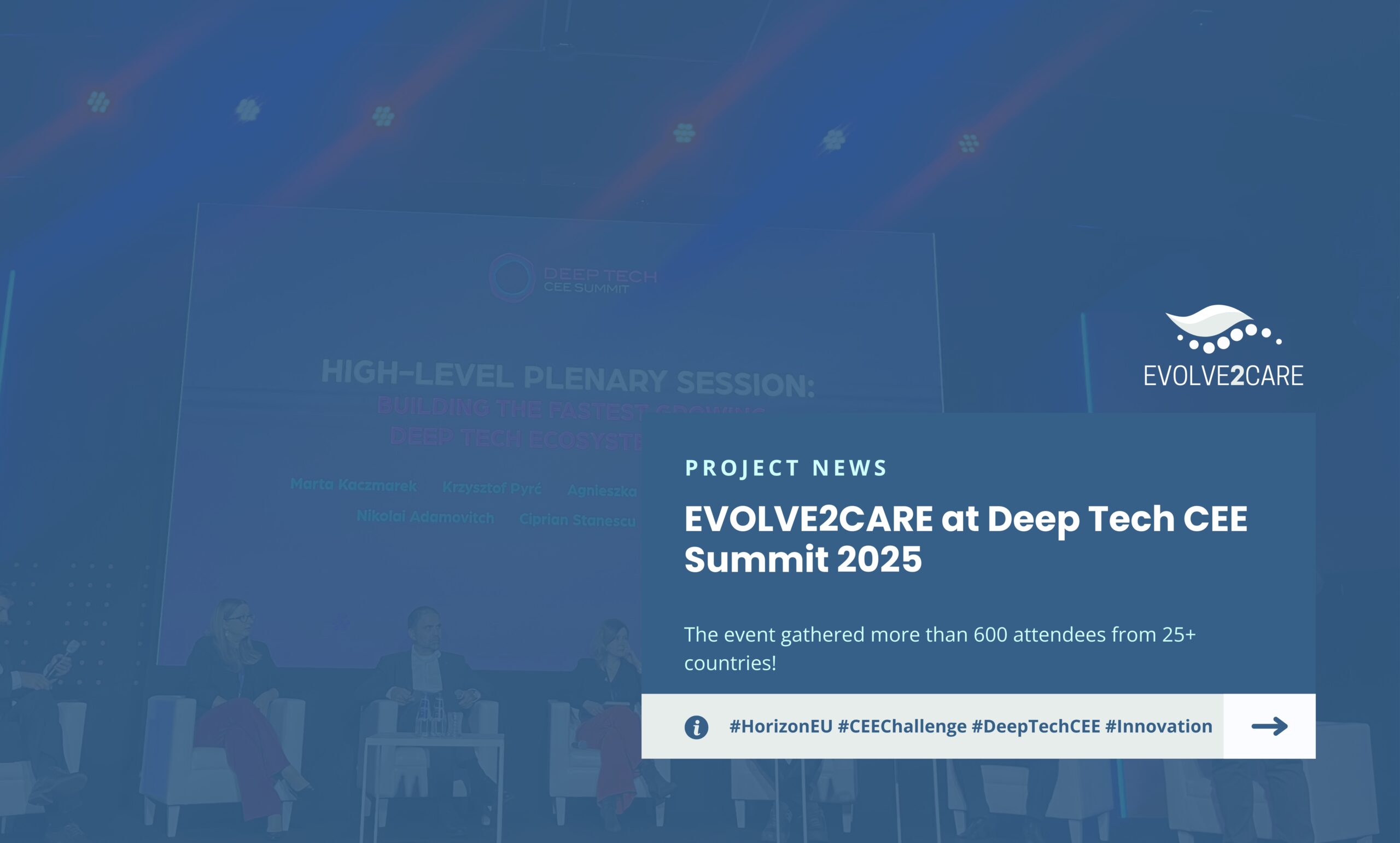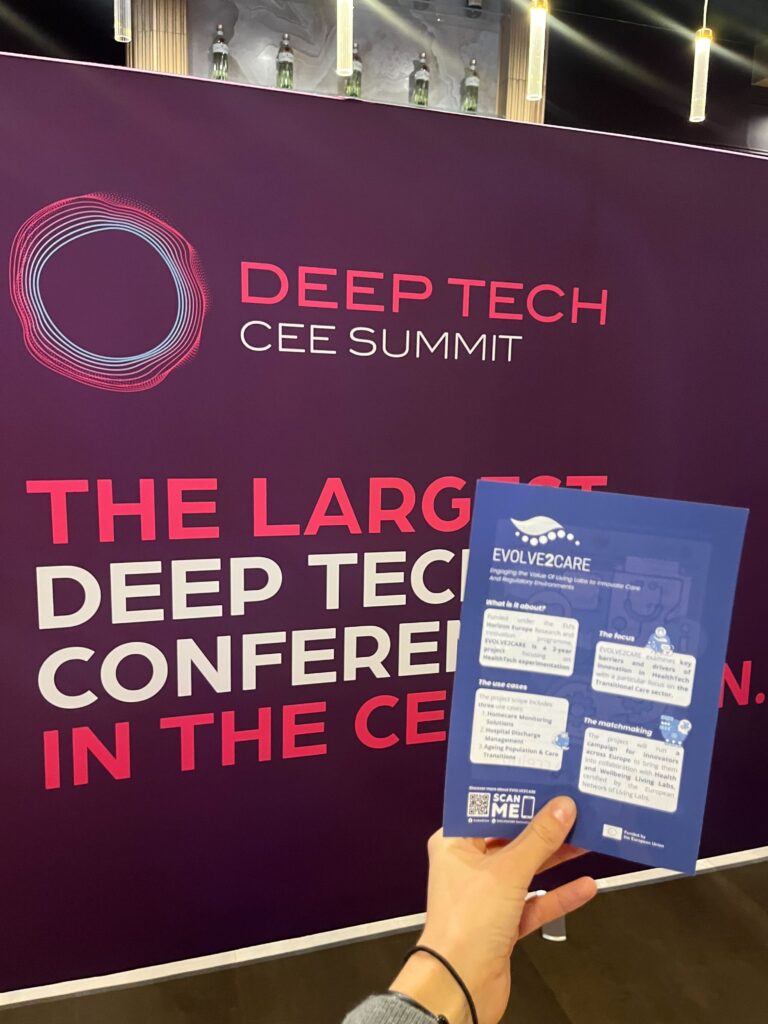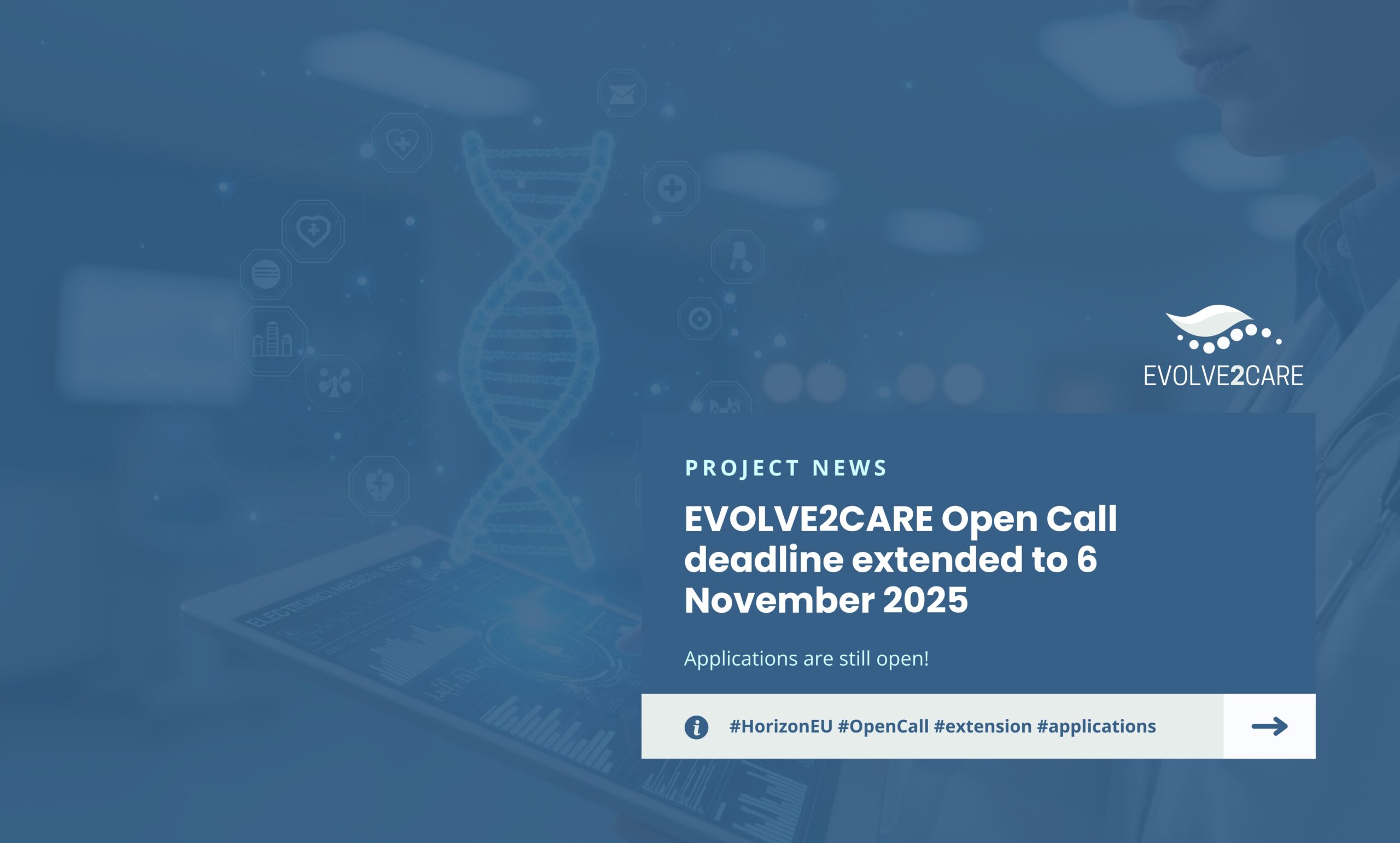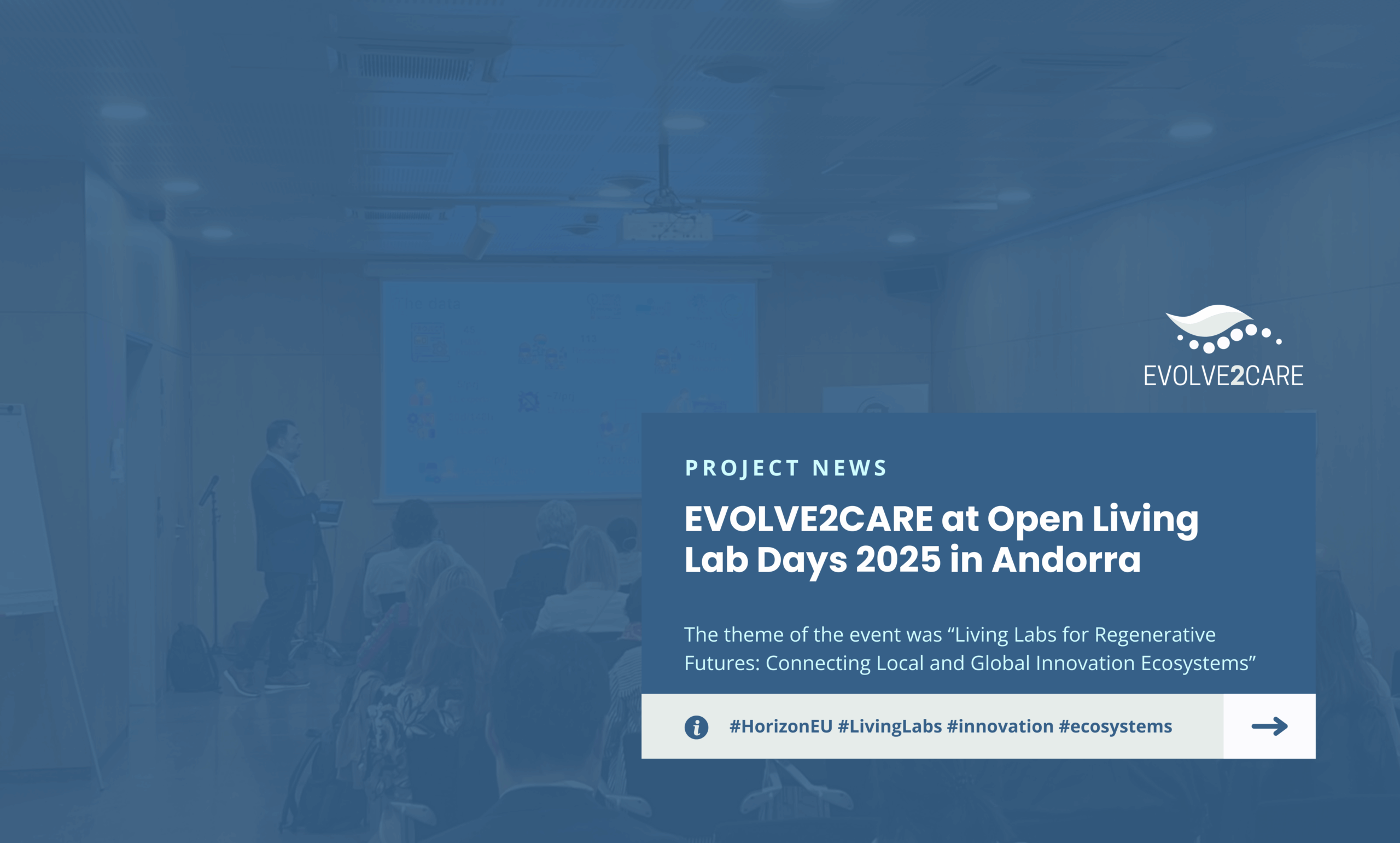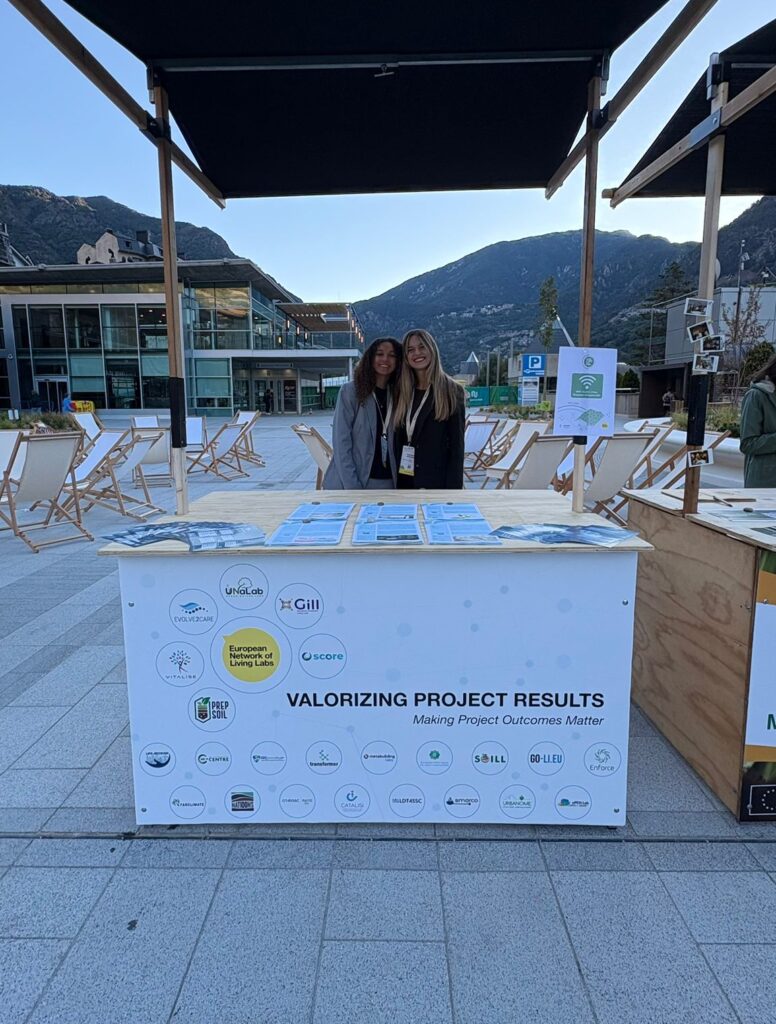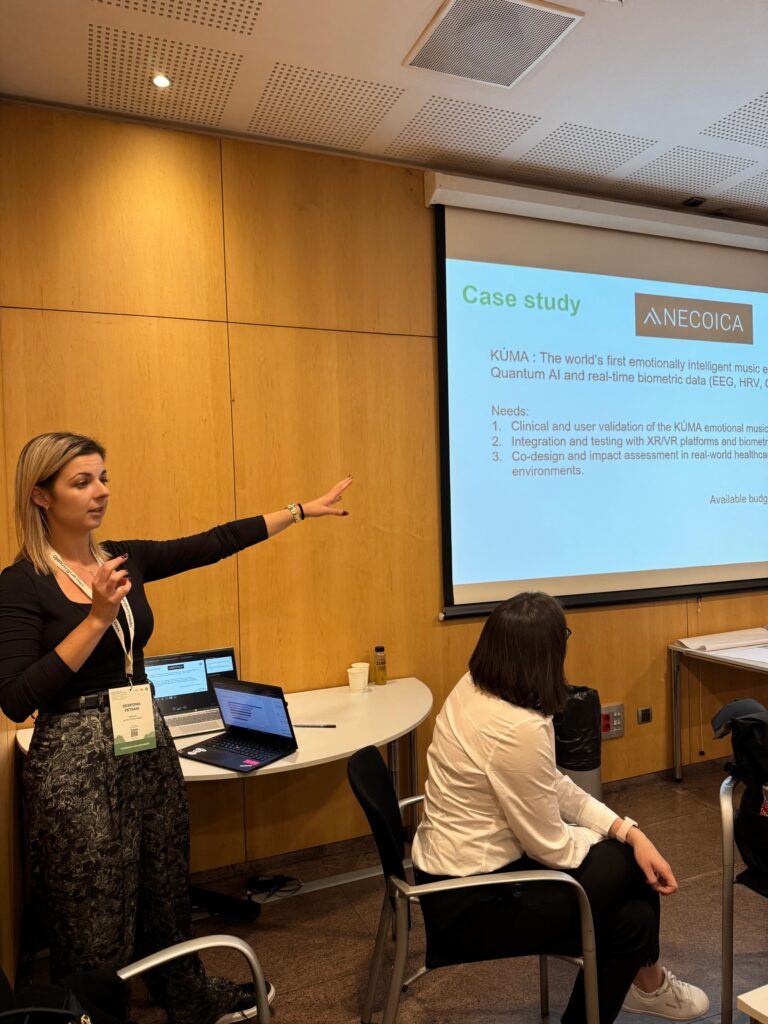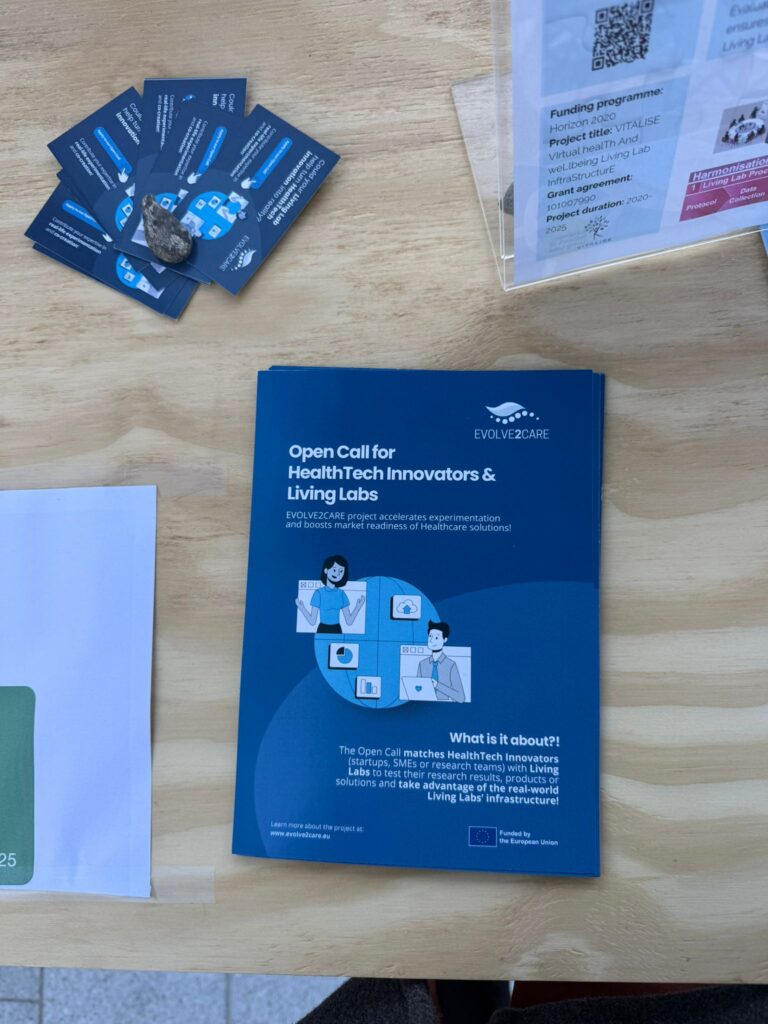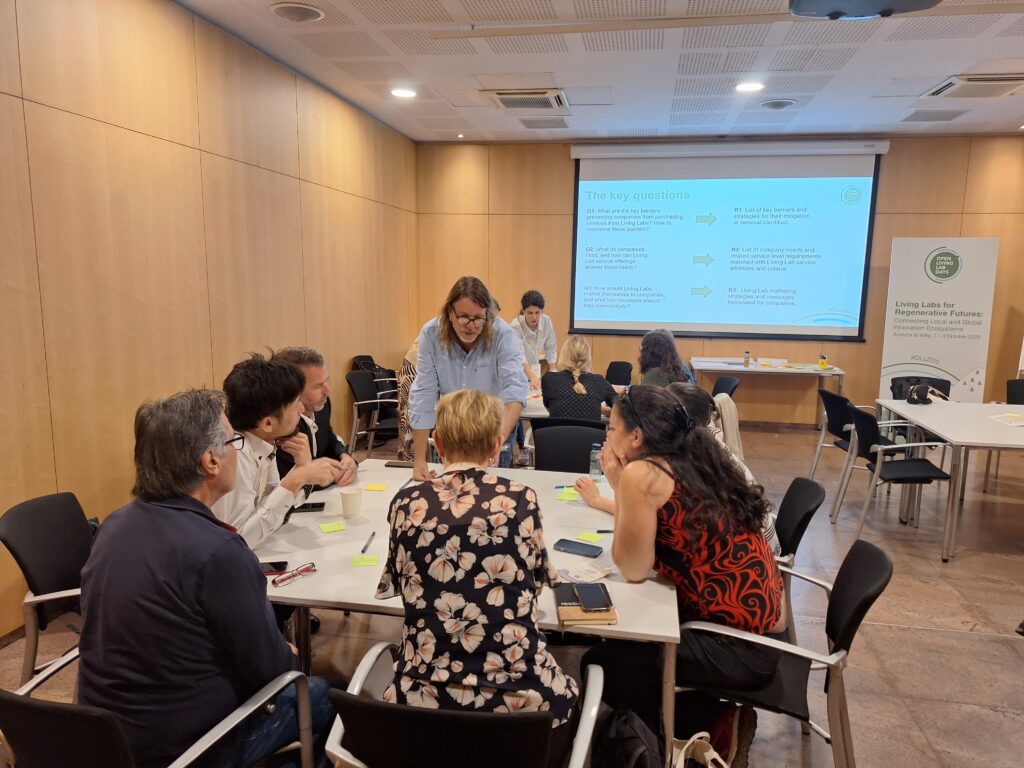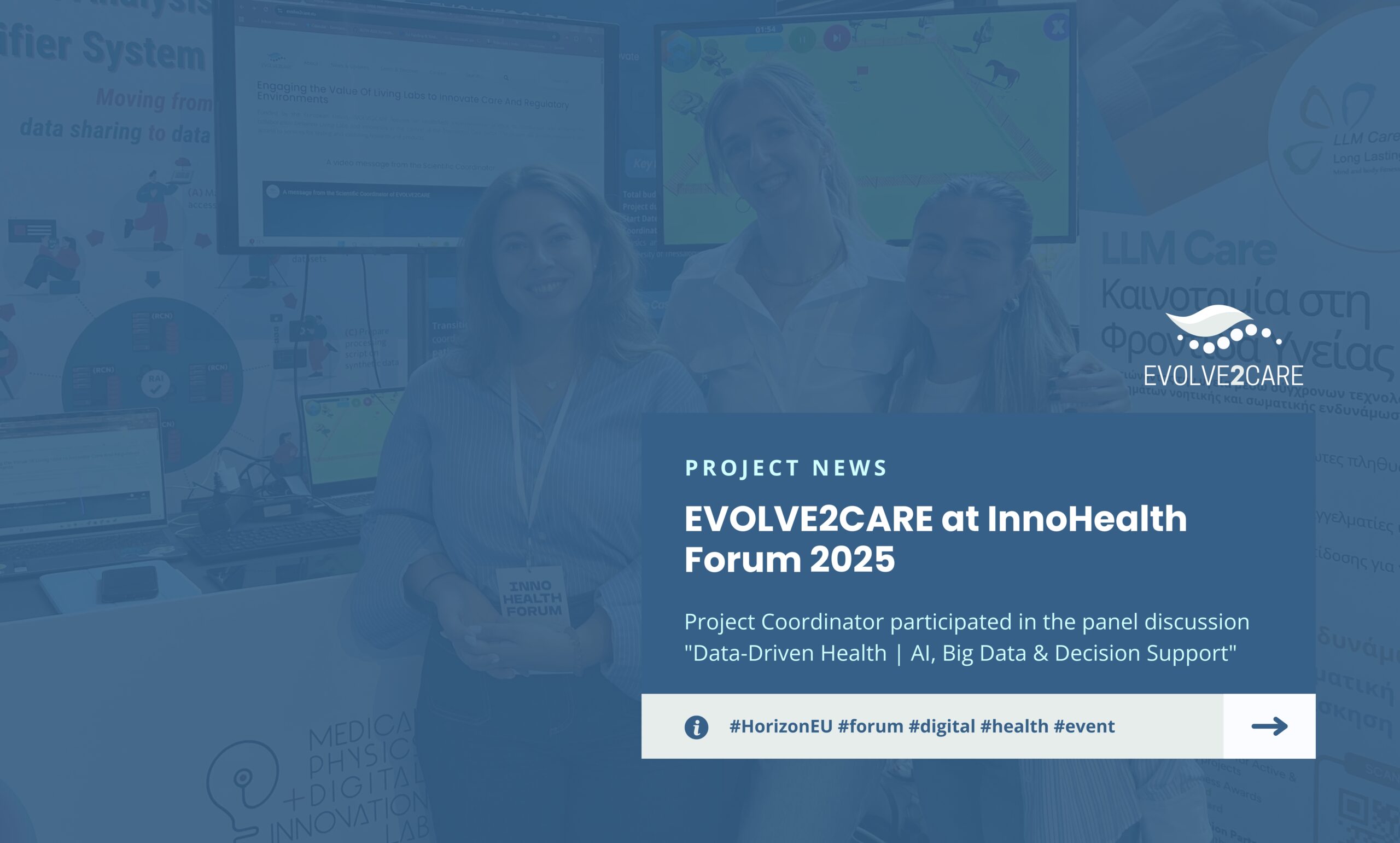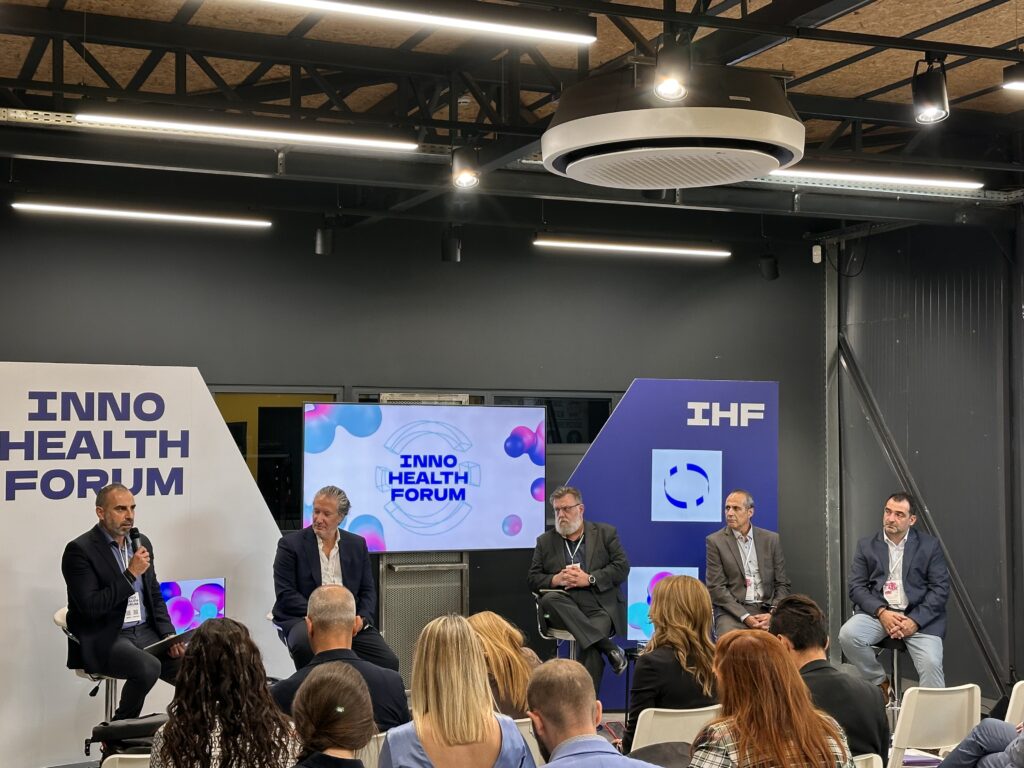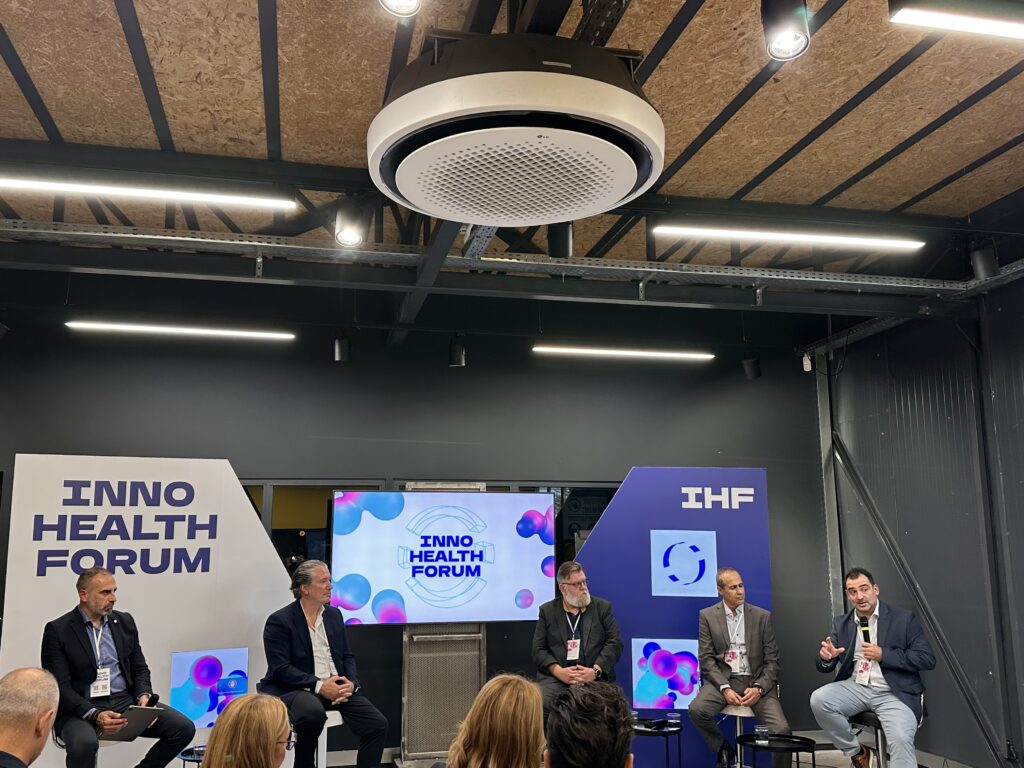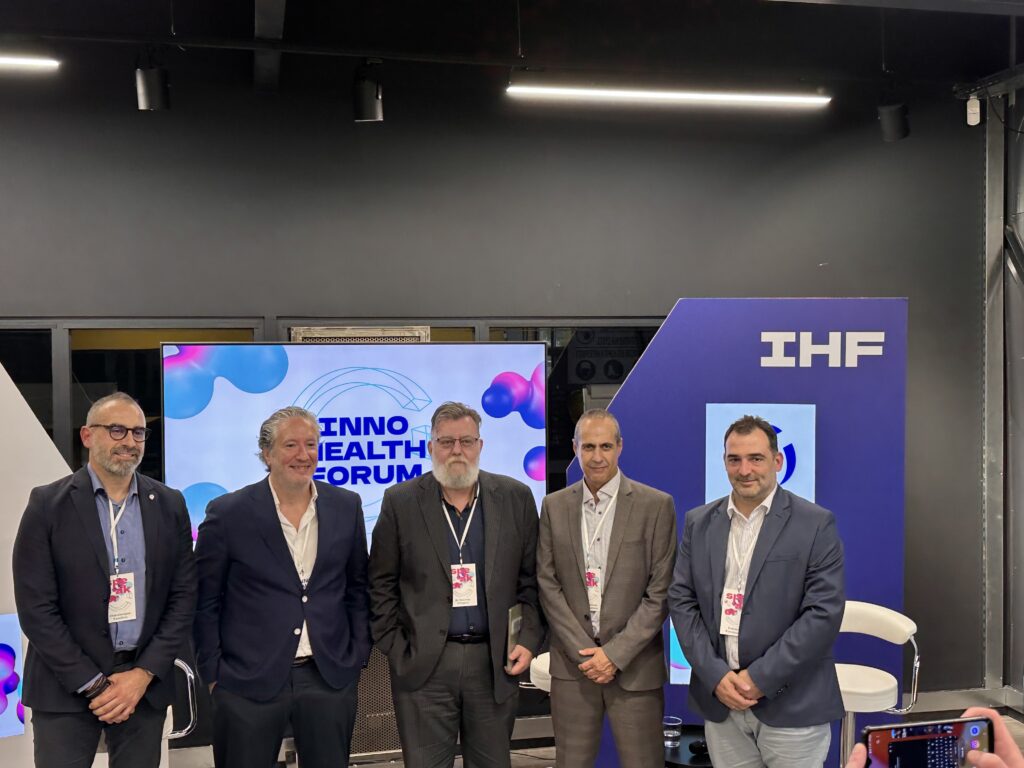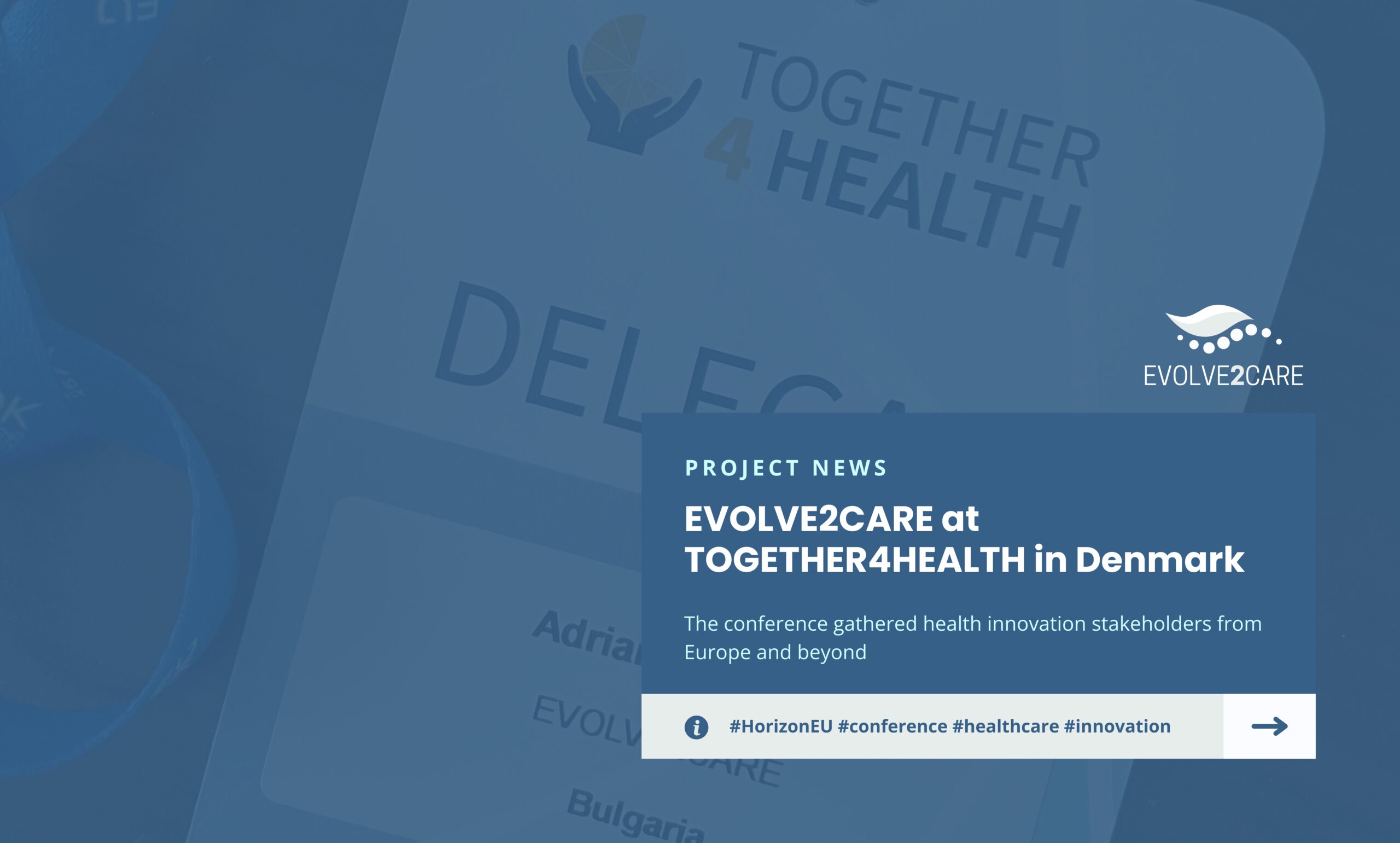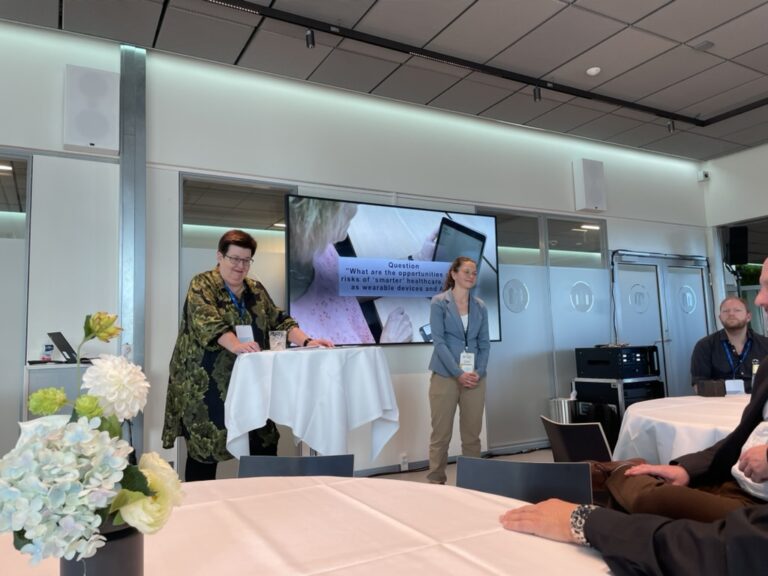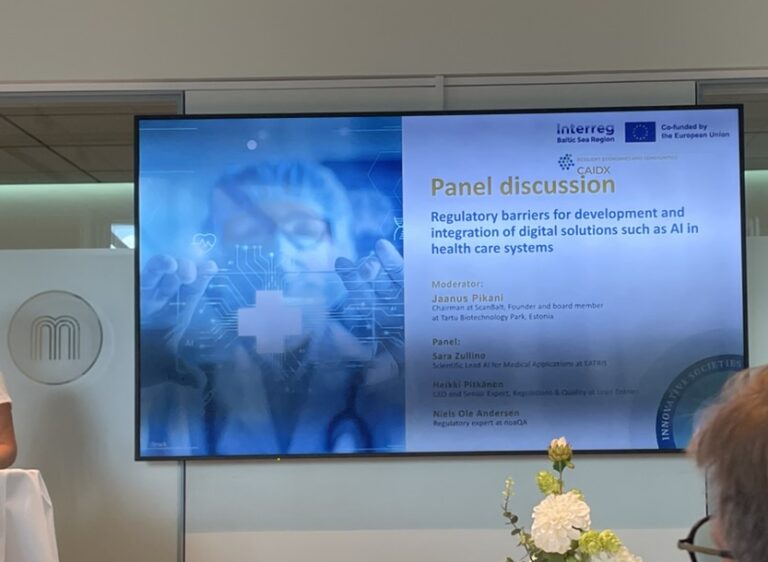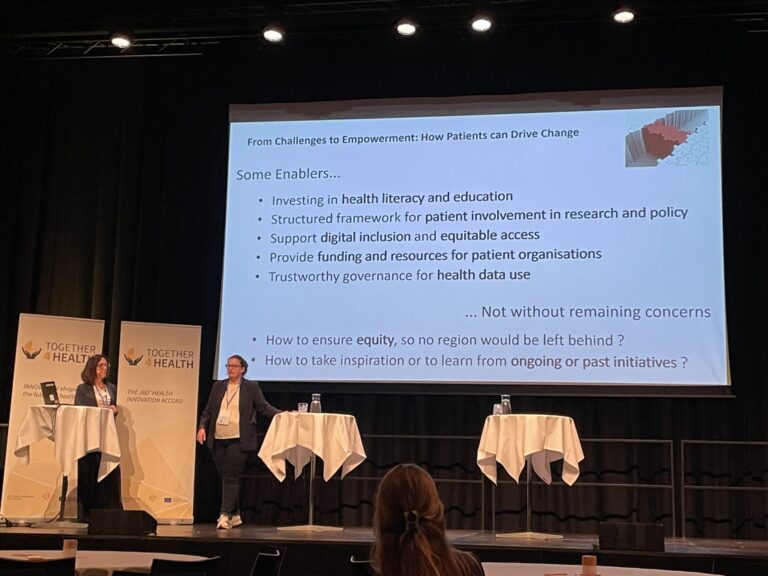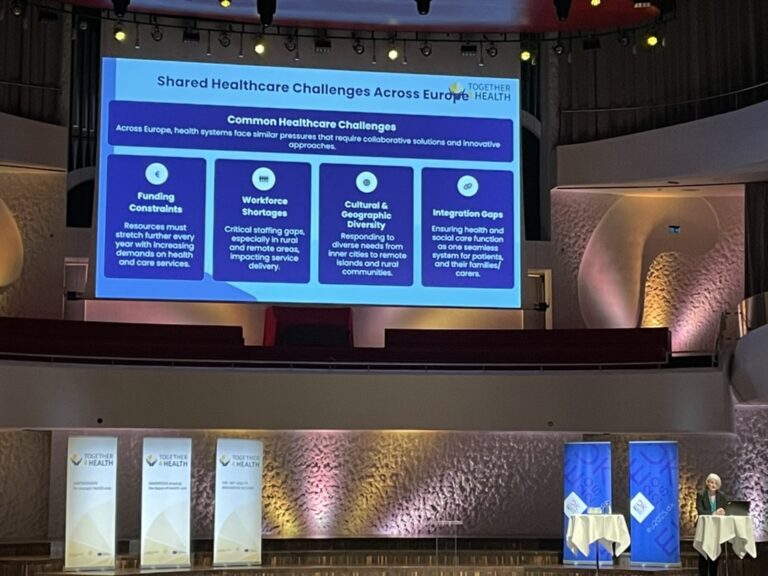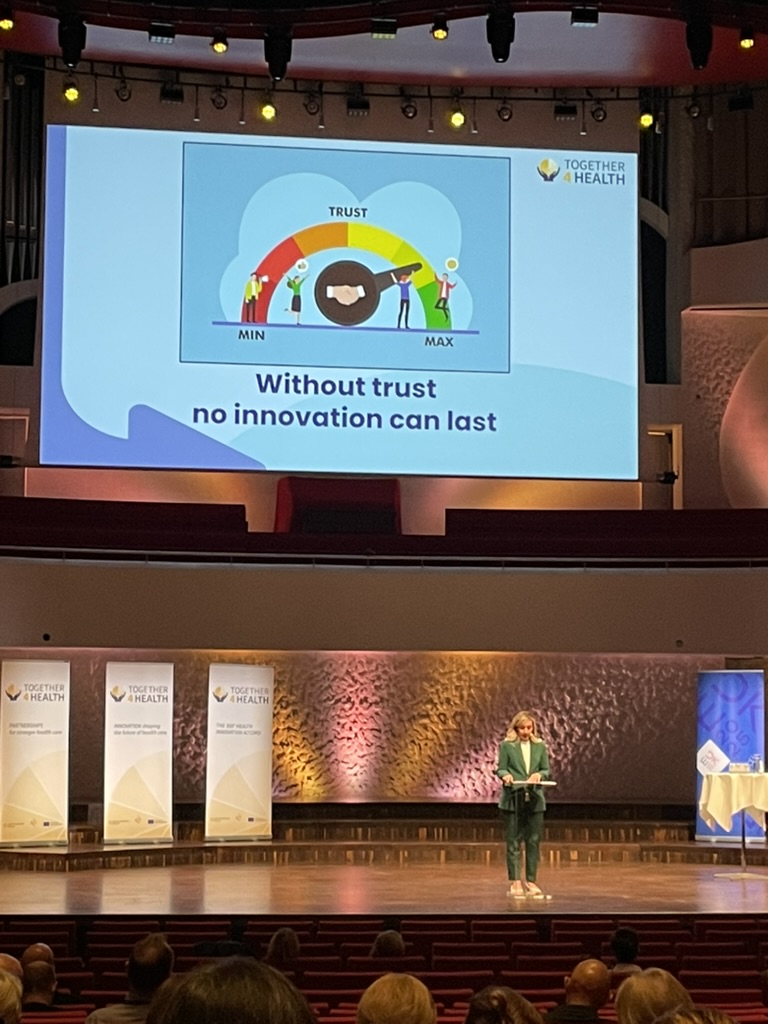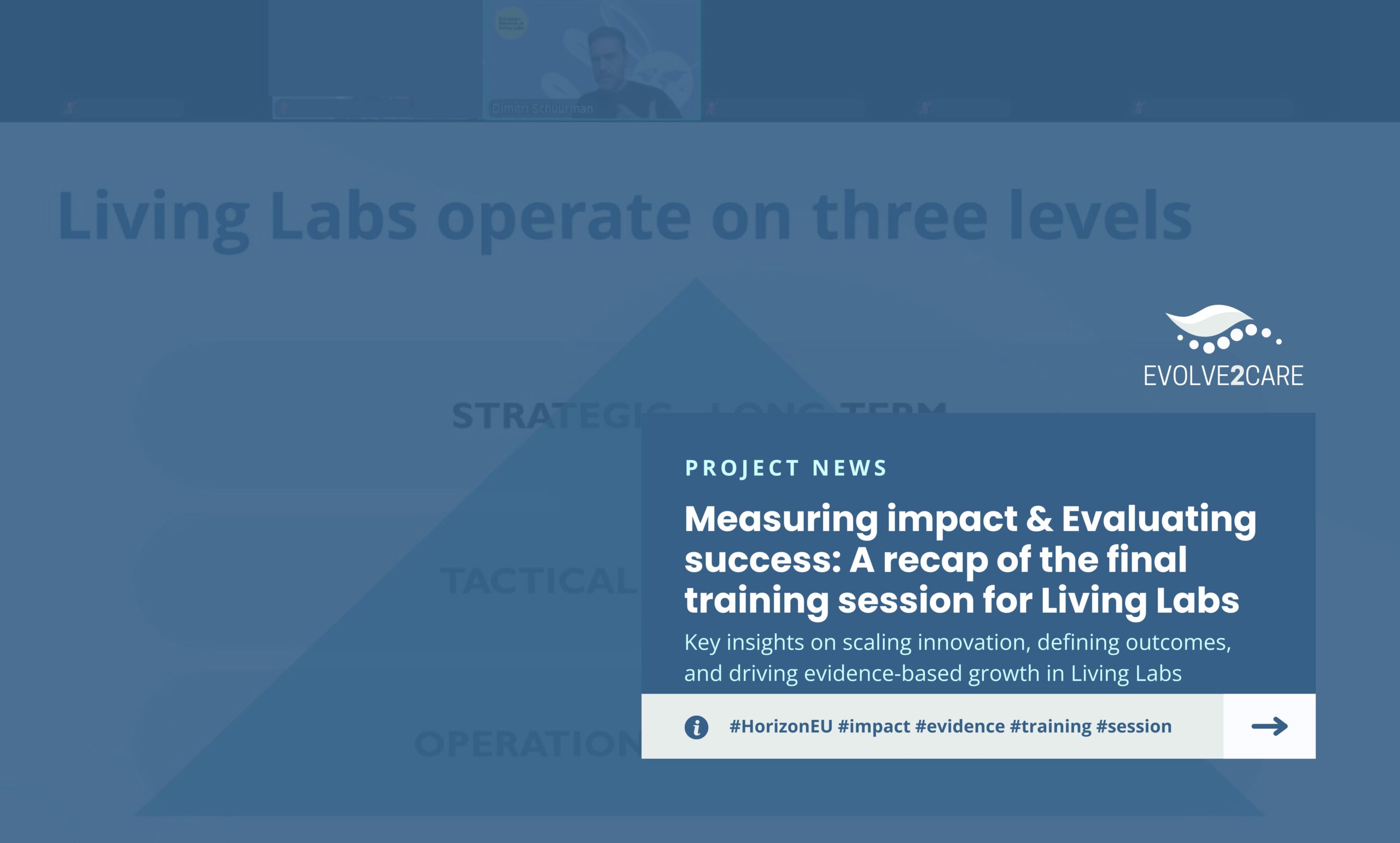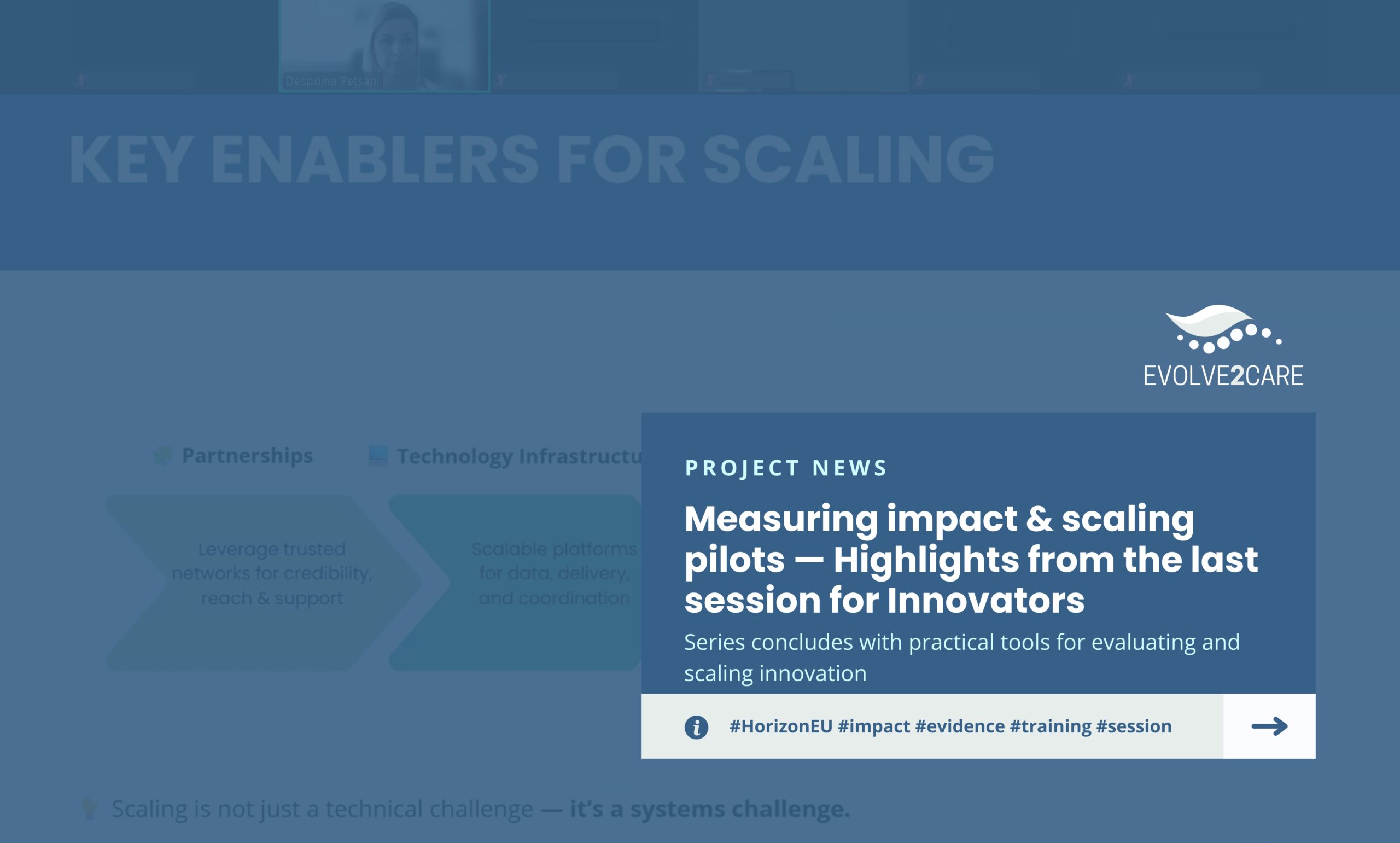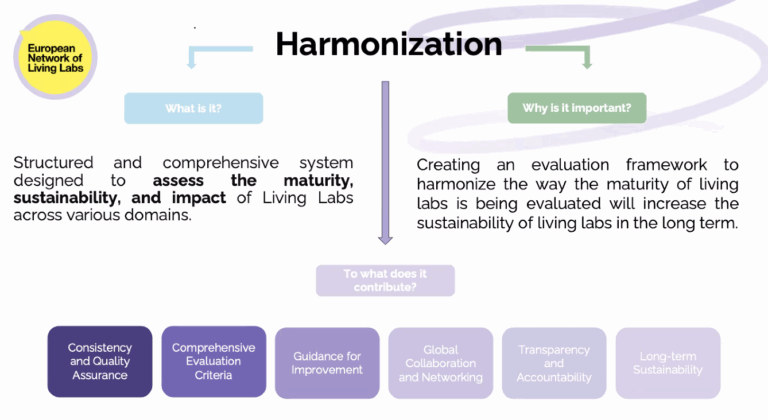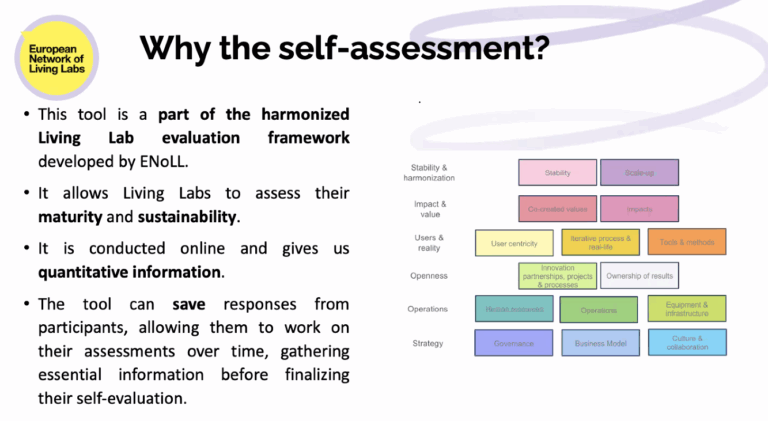On November 4–5, 2025, the EVOLVE2CARE consortium gathered online for its 3rd Plenary Meeting, marking a key milestone: the conclusion of the project’s first year and the transition into its second and final phase.
This two-day online meeting served as a moment of reflection and strategic alignment. Partners reviewed progress across all areas of the project, celebrated achievements, and laid the groundwork for the next steps — with a clear shift in focus from building foundations to generating impact.
Highlights from the 1st year – Building strong foundations
Over the past year, EVOLVE2CARE has made significant strides in supporting innovation in Transitional Care:
- Overall, the project has already achieved 9 out of 19 Key Performance Indicators (KPIs) — a strong signal of momentum and engagement. Work is actively underway to reach the remaining targets.
- The Open Call for HealthTech innovators and Living Labs to collaborate and test digital solutions for Transitional Care scenarios attracted strong interest from EU’s ecosystems.
- Two full training programs were delivered, featuring 12 webinars designed to empower both Living Labs and HealthTech innovators and researchers. These sessions helped build capacity, foster collaboration, and share practical knowledge across Europe.
- The Accelup platform has continued to play a central role in the project as the matchmaking space between innovators and Living Labs. During the plenary meeting, partners shared feedback and discussed improvements to enhance its usability and ensure it remains a practical and intuitive place for collaboration.
Looking ahead – From results to impact
As EVOLVE2CARE enters its second year, the focus shifts toward disseminating outcomes, engaging with EU-level events, and contributing to policy dialogues. In fact, the project΄ key aims will revolve around:
- Disseminating the results of the Open Call, with dedicated communication efforts to highlight the selected mini-projects and their expected impact; and
- Organizing knowledge-sharing workshops to exchange best practices and insights with stakeholders.
Throughout the meeting, partners emphasized the importance of collaboration — not only within the consortium but also with external stakeholders, regulators, and decision-makers. The project’s second year will focus on turning lessons learned into actionable strategies, supporting the scalability and sustainability of innovations in Transitional Care. EVOLVE2CARE continues to connect people, platforms, and ideas — building a future where health innovation is inclusive, evidence-based, and ready to scale.
